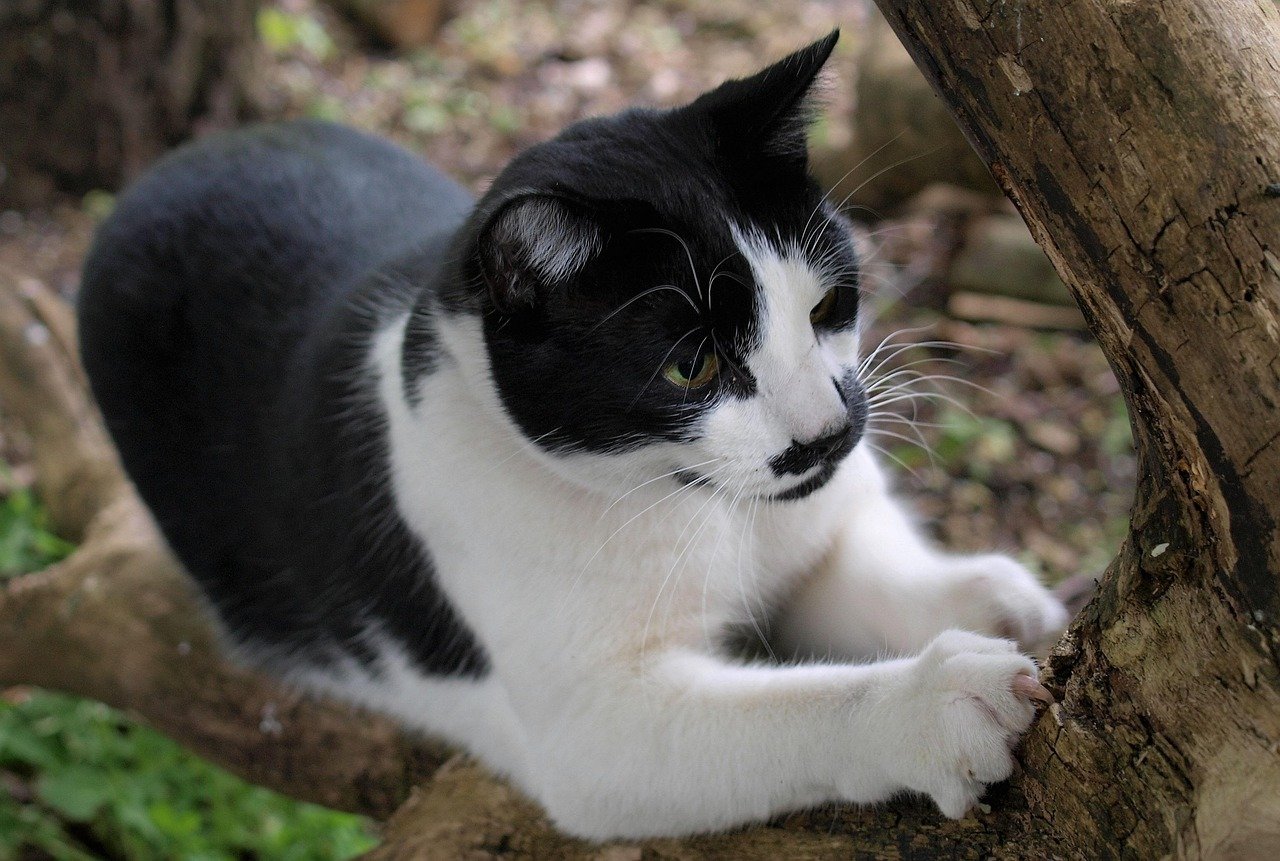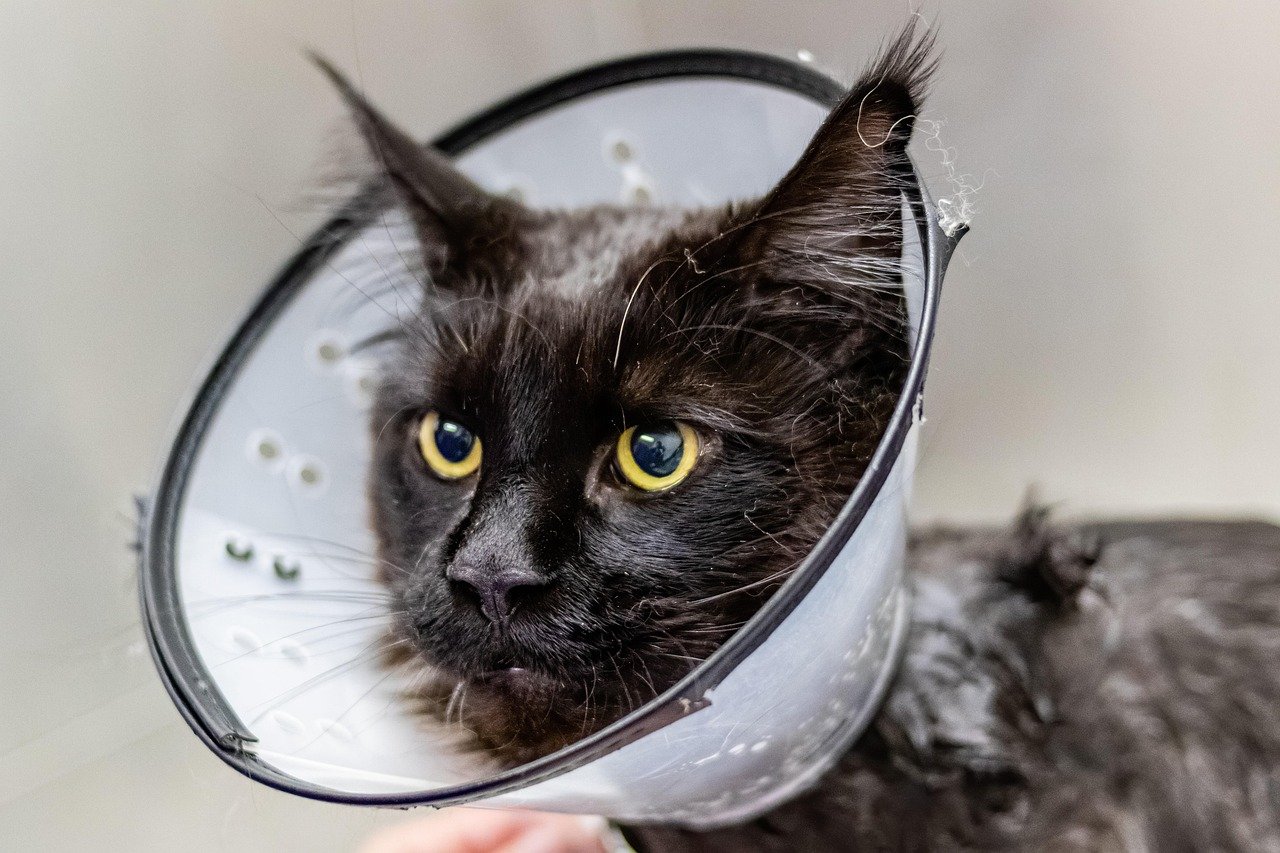Have you ever wondered if your cat feels truly content in your home? Many people assume cats are independent and aloof, but their emotional needs run deep. A happy cat isn’t just one that’s well-fed—it’s one that feels safe, understood, and loved. Creating a nurturing environment for your feline friend can transform your bond and bring more peace to your household. Let’s dive into twenty powerful ways to help your cat feel emotionally balanced right where they belong.
Understanding Your Cat’s Unique Personality

Every cat has its own quirks and preferences, just like people. Some cats love to be around humans, while others enjoy more solitude. Learning to recognize your cat’s unique personality traits can help you adjust your approach and make them feel more at ease. Watch how your cat reacts to new people, noises, and changes in their environment. Respect their boundaries; forcing affection or overstimulation can cause anxiety. Instead, let your cat come to you when they’re ready. Building trust by being patient and observant is the first step to emotional balance.
Creating a Safe Space

Cats need a sanctuary where they can retreat and recharge. This could be a cozy corner, a quiet room, or even a comfy bed by the window. Make sure their space is away from loud noises and high-traffic areas. Soft blankets, a few of their favorite toys, and maybe an elevated perch will help your cat feel secure. If you have multiple pets or children, ensure that your cat’s safe space is respected by everyone. When your cat knows they have a place to escape to, their anxiety levels are likely to drop.
Consistent Daily Routine

Cats thrive on predictability. Feeding, playtime, and cuddles should happen around the same time each day. Sudden changes in routine—like new feeding times or unfamiliar visitors—can leave your cat feeling unsettled. Try to keep major household changes to a minimum, and if you can’t, introduce them slowly. Even simple routines like greeting your cat every morning or saying goodnight can provide comforting structure. A stable daily rhythm will help your cat feel grounded and safe.
Interactive Play and Enrichment

Boredom can quickly turn into stress for cats. Regular play sessions using toys that mimic prey, such as feather wands or laser pointers, keep their minds and bodies active. Rotate toys to keep things fresh and exciting. Puzzle feeders can also stimulate their hunting instincts and problem-solving skills. Not only does play burn off excess energy, but it also builds confidence and helps your cat feel more connected to you. Enrichment is essential for a cat’s emotional well-being.
Respecting Their Need for Independence

Sometimes, the best thing you can do for your cat is to give them space. Unlike dogs, cats often need time alone to decompress. If your cat retreats under the bed or into a quiet room, resist the urge to coax them out. Let them have their solitude and they’ll return to you when they’re ready. This respect for their independence fosters trust and shows your cat that you understand their emotional needs.
Providing Vertical Territory

Cats love to climb and observe their world from above. Install cat trees, shelves, or window perches to satisfy this instinct. Vertical spaces help cats feel safe because they can escape from perceived threats and survey their territory. It’s also a great way to enrich their environment, especially in smaller homes. When your cat has plenty of places to climb, you’ll notice they seem more relaxed and confident overall.
Offering a Variety of Scratching Surfaces

Scratching is more than just a way for cats to sharpen their claws; it’s a way for them to mark territory and relieve stress. Offer different types of scratching posts—vertical, horizontal, and angled—covered in materials like sisal, cardboard, or carpet. Place these in areas your cat frequents, especially near sleeping spots and entryways. Encouraging appropriate scratching helps your cat feel in control of their environment and supports emotional balance.
Gentle Handling and Positive Touch

Physical affection can be a source of comfort for many cats, but only if it’s done on their terms. Pay attention to your cat’s body language; if they lean in, purr, or knead, they’re enjoying the contact. Focus on gentle strokes around the head, cheeks, and chin, steering clear of sensitive areas like the belly unless your cat invites it. Never force interactions—gentle, positive touch builds trust and emotional security over time.
Quality Time Together

Spending regular, undistracted time with your cat strengthens your bond and reassures them. Set aside a few minutes each day to play, groom, or simply sit quietly together. Even just talking to your cat in a calm voice can be soothing. The key is presence—show your cat that you value their company. This dedicated attention helps your cat feel loved and important.
Minimizing Loud Noises and Stressors

Cats have sensitive hearing, and sudden loud sounds can be startling or frightening. Try to keep their environment as calm and quiet as possible. If you’re expecting loud events, like construction or parties, prepare a safe, quiet room for your cat in advance. Soft music or a white noise machine can help mask disruptive sounds. Reducing noise-related stress will make your cat feel more secure at home.
Introducing New Experiences Gradually

Cats are creatures of habit, so new experiences—like moving homes or adding furniture—can cause anxiety. Introduce changes slowly and give your cat time to adjust. Let them explore at their own pace, and offer treats or praise to encourage curiosity. When adding new pets or family members, use gradual introductions and keep interactions positive. Slow, steady exposure helps your cat adapt without feeling overwhelmed.
Maintaining a Clean Litter Box

A clean litter box is crucial for your cat’s comfort and emotional health. Scoop daily and change the litter regularly to prevent unpleasant smells. Place the litter box in a quiet, private area where your cat feels safe. If you have multiple cats, provide one box per cat plus an extra. A dirty or poorly placed litter box can cause stress, accidents, and even health problems, so keeping it clean should always be a priority.
Offering Healthy, Consistent Meals

Regular, nutritious meals can bring a sense of security to your cat. Feed them high-quality food at set times each day, and avoid frequent changes in diet. Sudden shifts in food can upset your cat’s stomach and leave them feeling uneasy. Provide fresh water at all times, and consider using a water fountain to encourage drinking. A predictable, healthy diet supports both physical and emotional well-being.
Observing and Responding to Their Cues

Paying close attention to your cat’s body language and vocalizations is key to understanding their needs. Flattened ears, a twitching tail, or sharp meows can signal stress or discomfort. On the other hand, slow blinks, purring, and kneading are signs of contentment. Responding appropriately—by removing stressors, offering comfort, or giving space—shows your cat you care and helps them feel understood and valued.
Engaging Their Senses

Cats rely on their senses to interpret their world. Provide opportunities for sensory stimulation, such as cat-safe plants, different textured toys, or a window with a view. Scented toys or a sprinkle of catnip can spark joy and playfulness. Even letting your cat listen to birds or watch fish in an aquarium can brighten their day. Sensory enrichment keeps your cat’s mind active and supports emotional balance.
Grooming and Personal Care

Regular grooming sessions can be soothing and help your cat feel cared for. Brushing removes loose fur and reduces hairballs, but it’s also a bonding experience. Use gentle strokes and reward your cat with treats to make grooming enjoyable. Check their ears, teeth, and nails regularly; addressing health issues early prevents discomfort and stress. Making grooming a positive routine will keep your cat feeling comfortable and cherished.
Providing Companionship—But Not Forcing It

Some cats enjoy the company of other animals, while others prefer to be the only pet. If you’re considering adding another cat or pet, think carefully about your cat’s temperament. Introduce new companions slowly and give your cat plenty of space. For single cats, try to be present as much as possible and offer interactive play. Companionship, whether from humans or other pets, should always be on your cat’s terms to avoid causing distress.
Encouraging Exploration and Adventure

Curiosity is a hallmark of feline nature. Safe exploration—like letting your cat roam in a secured yard, enclosed patio, or on a harness—can be incredibly enriching. Indoors, rotate toys, create obstacle courses, or hide treats to encourage exploration. New experiences build confidence and keep your cat’s mind engaged, making them happier and more emotionally balanced.
Recognizing Signs of Emotional Distress

It’s important to recognize when your cat is struggling emotionally. Changes in appetite, hiding, aggression, or excessive grooming can all be signs of stress or unhappiness. Don’t ignore these signals—address the source of stress, and if needed, consult your veterinarian or a feline behaviorist. Early intervention helps prevent long-term emotional issues and keeps your cat feeling safe and loved.
Seeking Professional Help When Needed

Sometimes, despite your best efforts, a cat’s emotional struggles may persist. Don’t hesitate to seek help from a veterinarian or feline behaviorist if you notice ongoing anxiety, aggression, or depression. Professionals can provide tailored advice, behavioral therapy, or medical interventions if necessary. There’s no shame in asking for help—prioritizing your cat’s mental health is a sign of true care.
Celebrating Small Victories and Progress

Emotional balance is a journey, not a destination. Celebrate the little wins—like your cat seeking out snuggles, exploring new spaces, or simply relaxing in your presence. Acknowledge their progress with gentle praise, treats, or extra playtime. These moments of connection build lasting trust and happiness. After all, helping your cat feel emotionally balanced at home is one of the most rewarding experiences a cat lover can have.
Hi, I’m Bola, a passionate writer and creative strategist with a knack for crafting compelling content that educates, inspires, and connects. Over the years, I’ve honed my skills across various writing fields, including content creation, copywriting, online course development, and video scriptwriting.
When I’m not at my desk, you’ll find me exploring new ideas, reading books, or brainstorming creative ways to solve challenges. I believe that words have the power to transform, and I’m here to help you leverage that power for success.
Thanks for stopping by, Keep coming to this website to checkout new articles form me. You’d always love it!






